Burma – Lake Inle
There a lot of reasons why Lake Inle in Northern Burma should be a destination for your visit to Burma…
It is not for the fishermen who pose for a few dollars once you enter the lake from the small village of Nyaungshwe by boat.
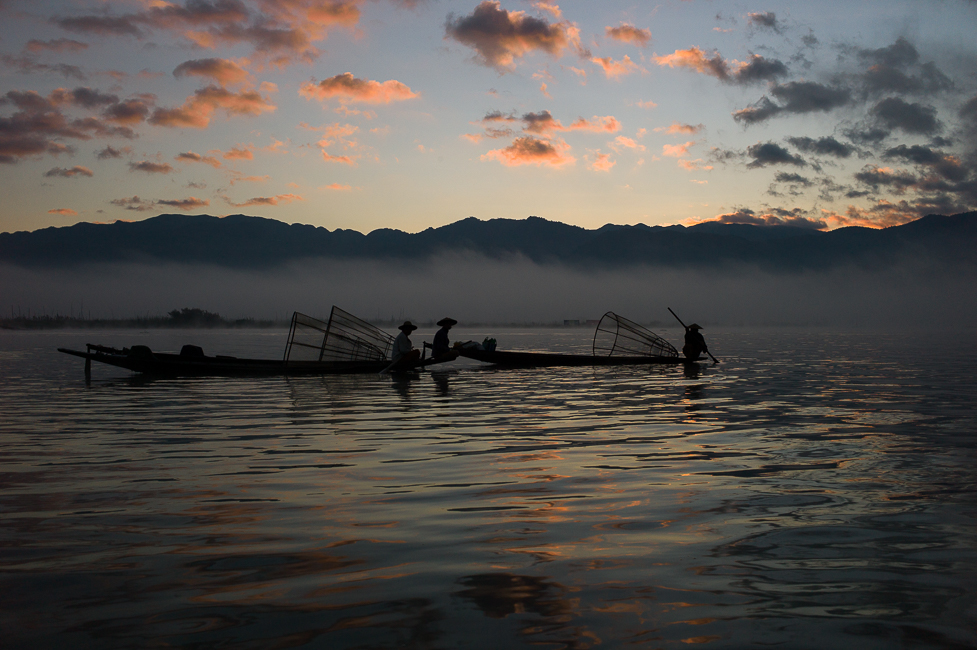
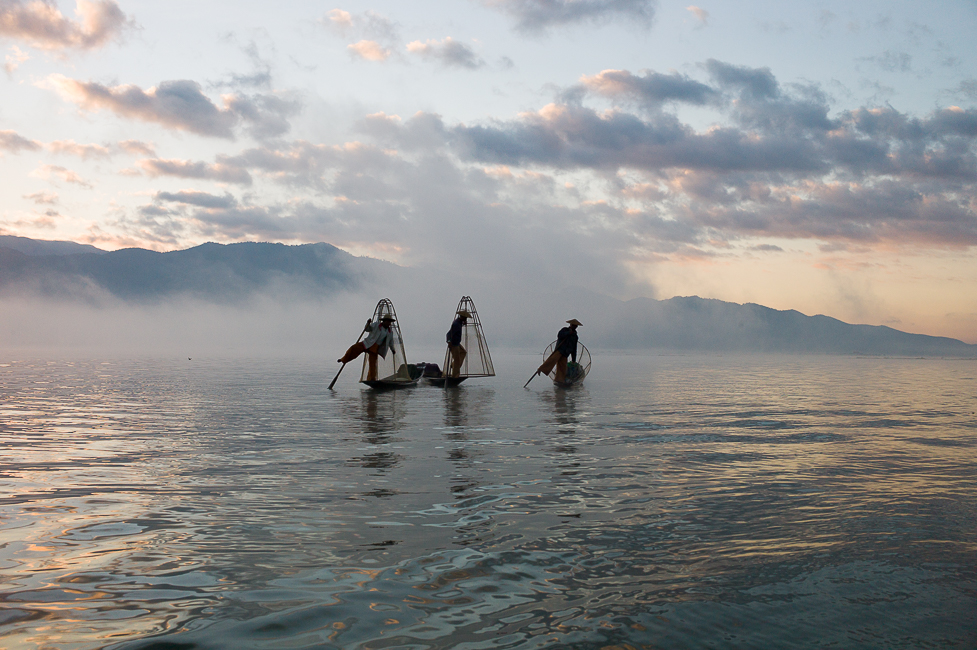
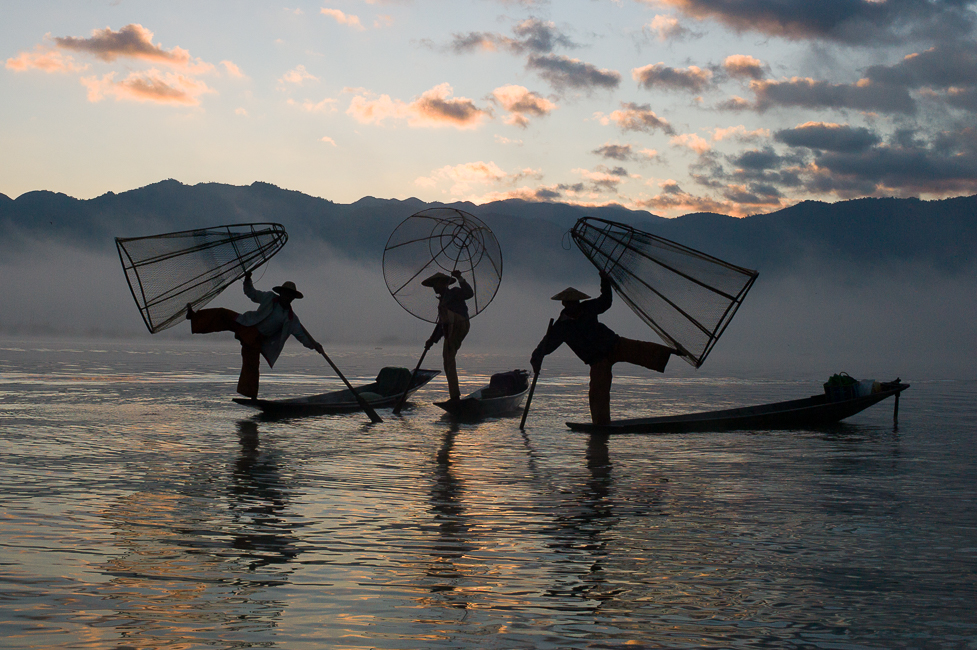
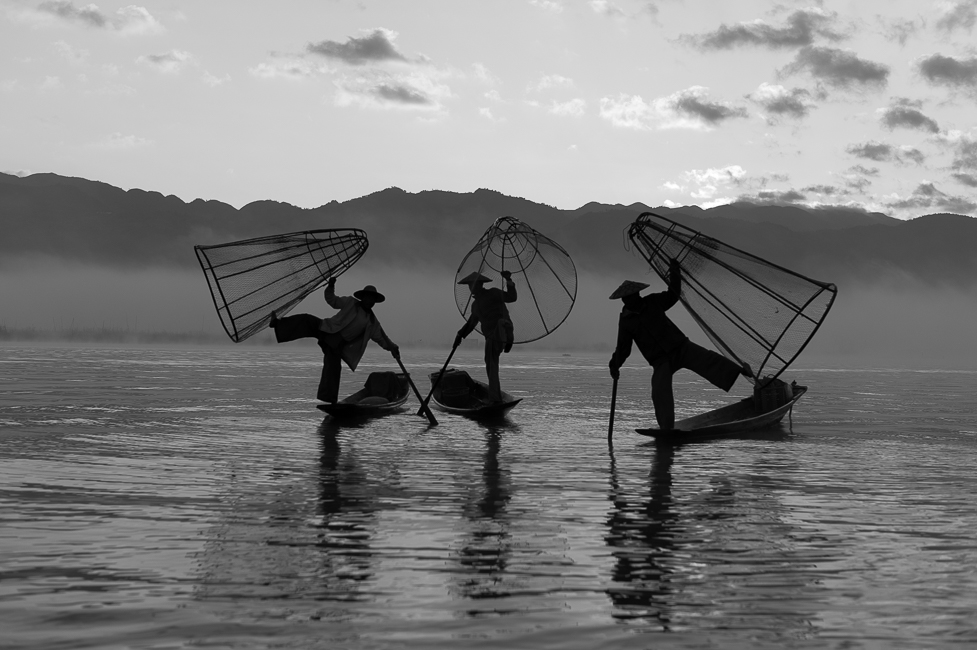
Inle Lake is 22 km long and about 7 km wide. It is only about 2m deep during dry season. That is why the fishermen use these baskets. They are able to capture fish in the basket and then kill them with a stick. But I actually never saw a fisherman using the baskets. They fish with nets they lay out in the night and slowly pull up in the morning. Of course raising the baskets against the rising sun is a very nice photo motive and of course several boats with tourists were waiting to take pictures. So I took advantage of this.
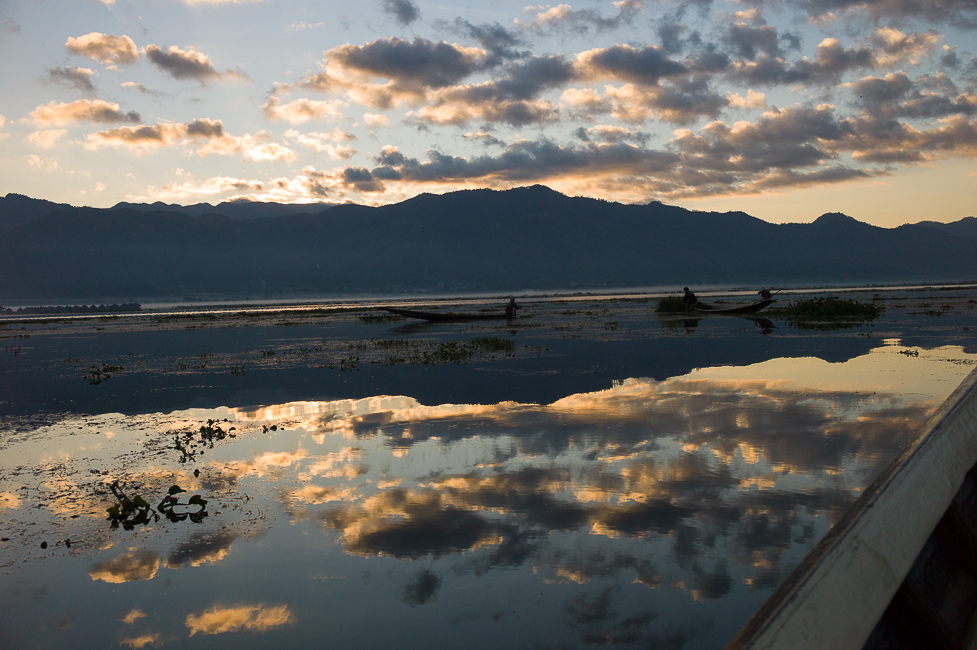

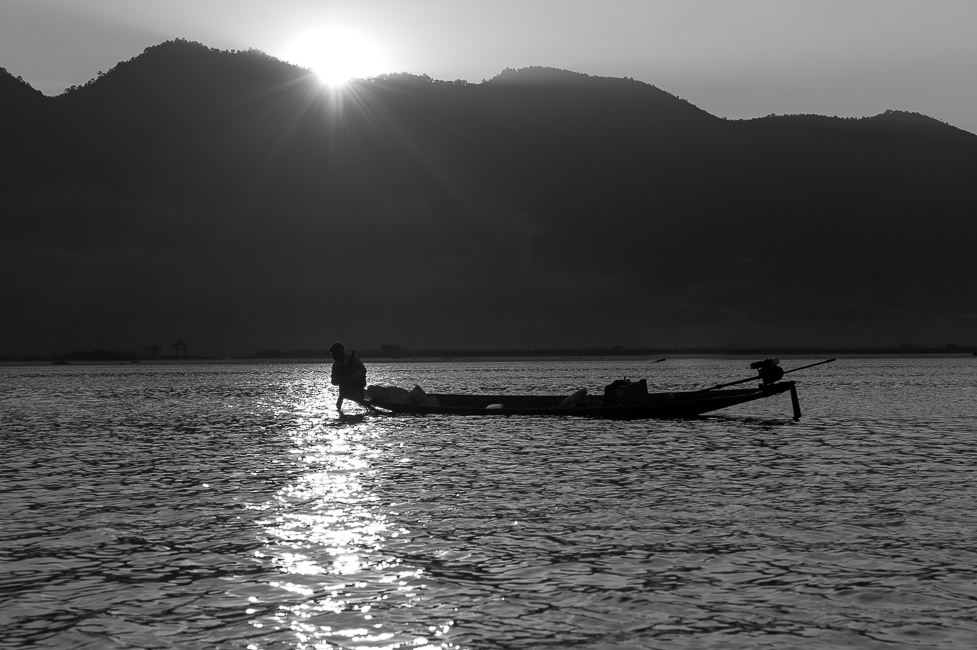
The actual net-fishing is a rather tedious work. The technique by which the fishermen move the boat around with one leg on the paddle though is quite unique.
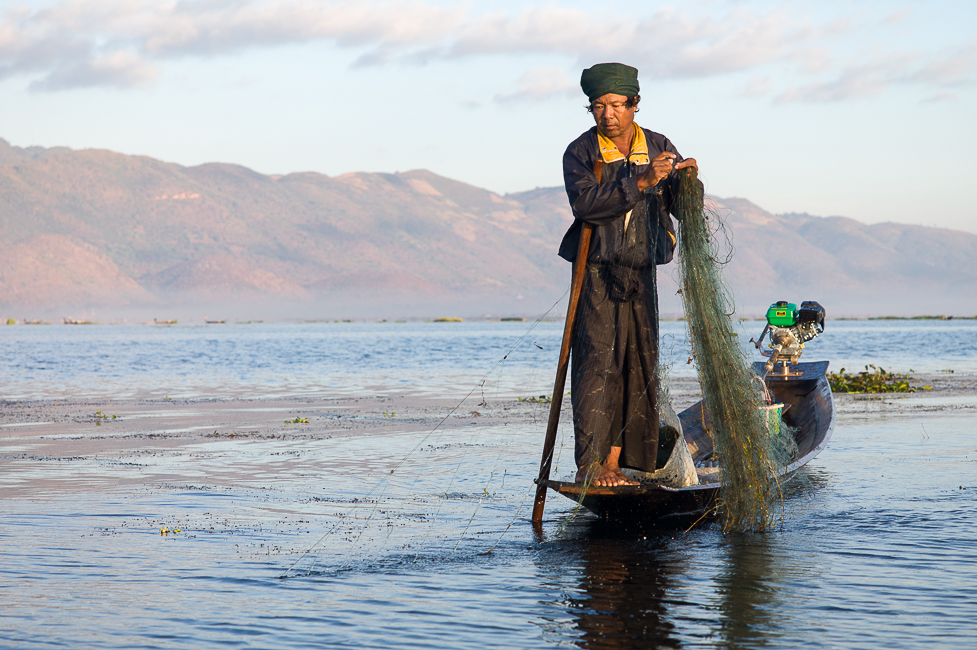
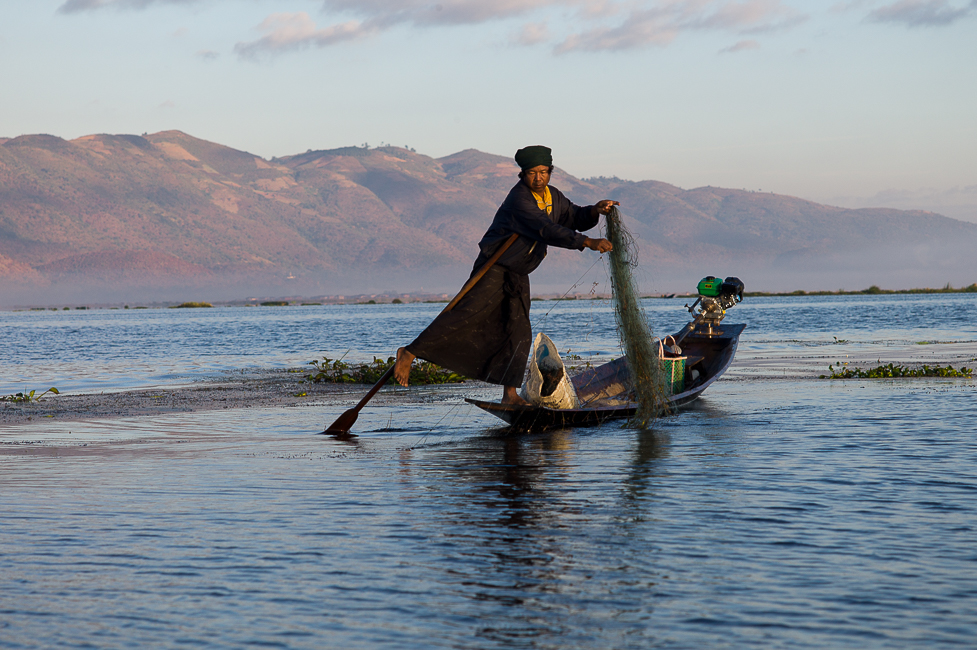

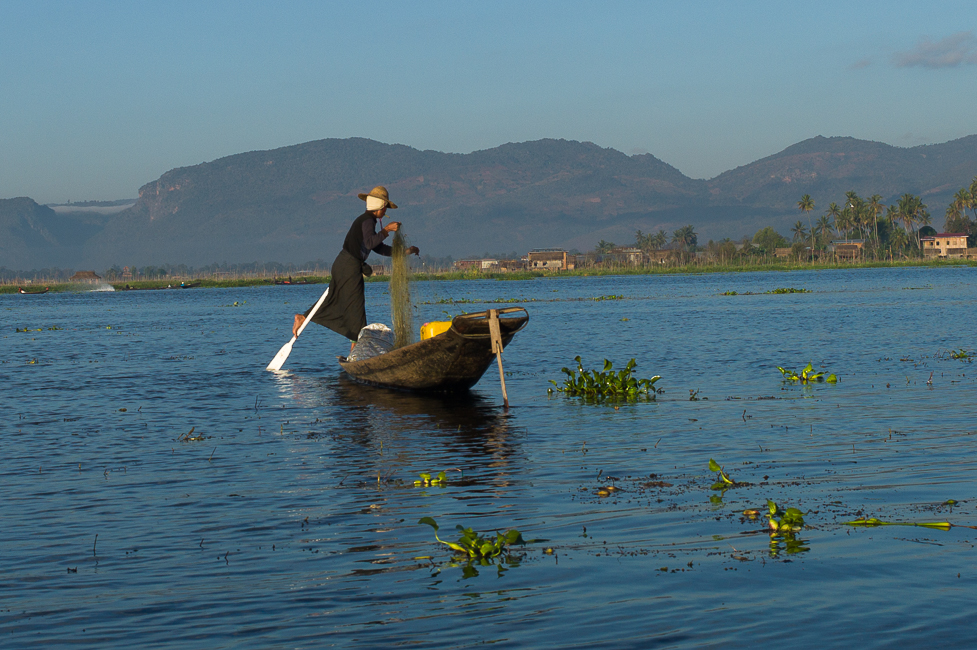
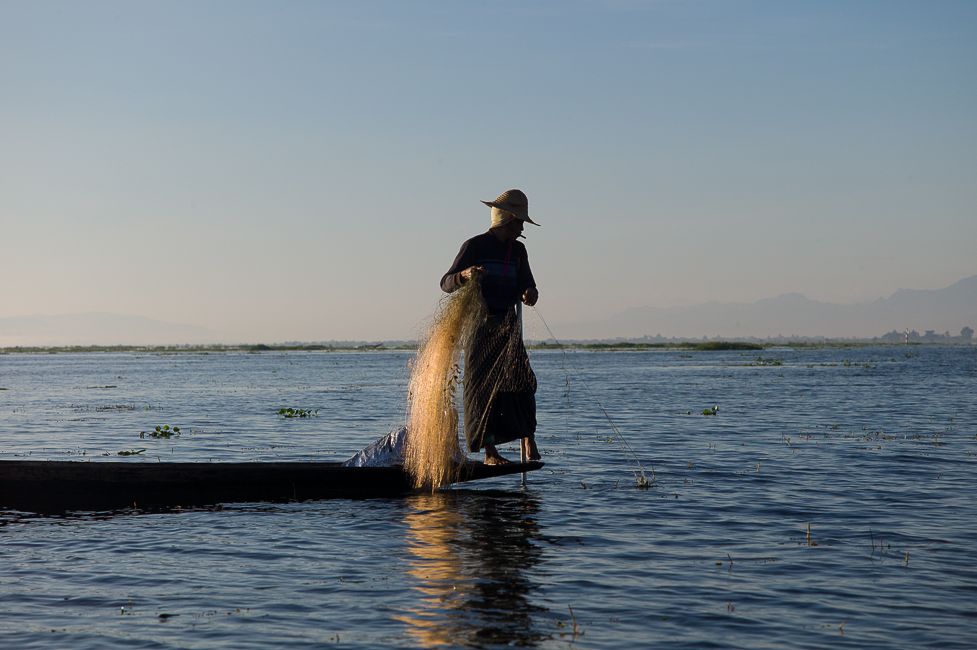
Due to the shallow water it looks like there is a lot of vegetation growing in the water. On many locations the ground is way above the lake level, high enough to construct concrete buildings. I had hired a boatman for a day who was taking me around on the lake. Some stretches were in open water, but quite often we passed through smaller canals. We passed by a hotel, which can only reached by boat. We crossed underneath several wooden bridges and passed children going to school. So some areas are connected and the boundaries of the lake are not clearly defined.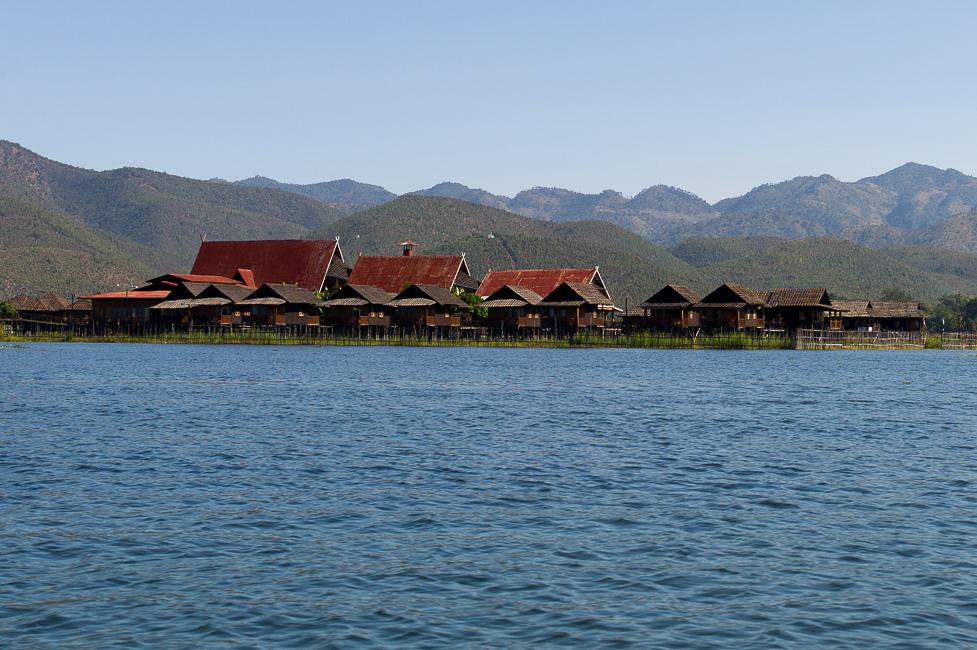
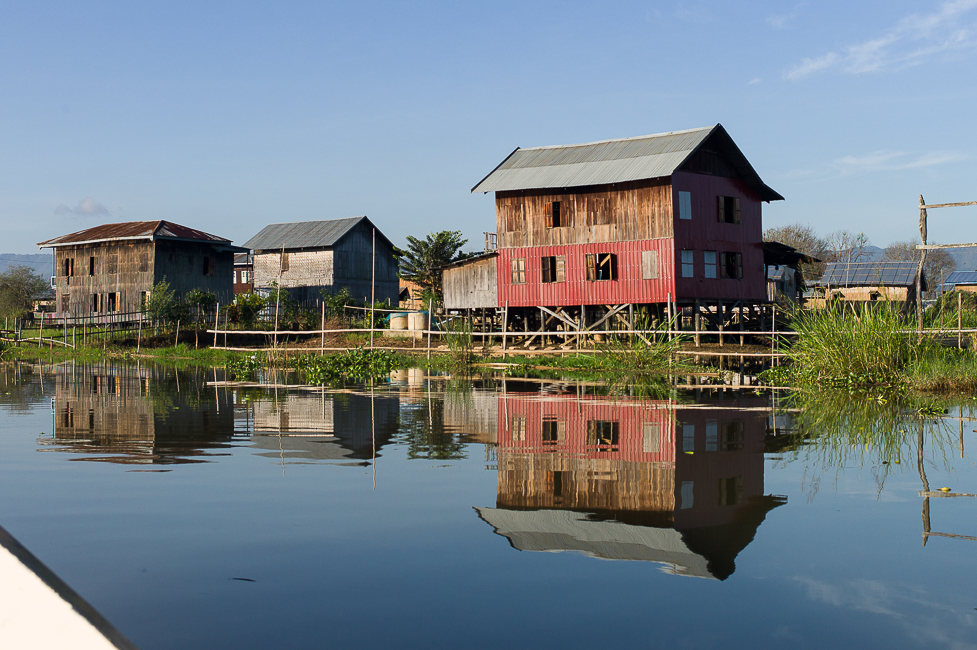
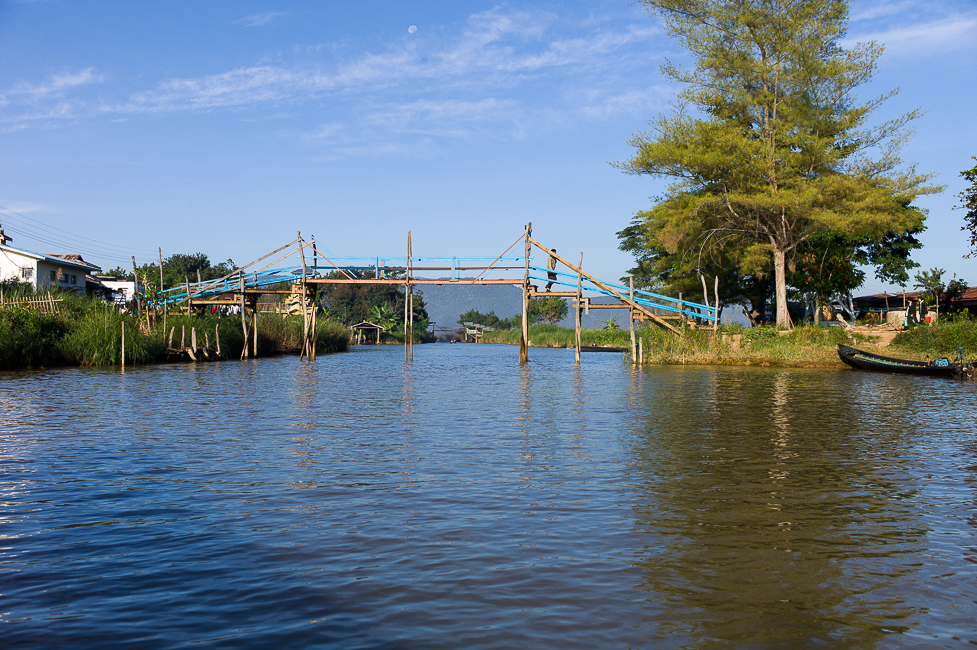

After visiting the Indein market I followed the route tourists normally take and visited first a factory of cheroots.

Cheroots are Burmese cigars, with filter on one end, a small roll of dry corn husks.Inside the cheroots there is only a small amount of tobacco, grown north of Mandalay. The girls in the factory put a mixture of bits of dried wood and crushed tobacco, seasoned with tamarined pulp inside a leaf. The outer leaf is a dried leaf of the carbia myxa (thanal-phet), which grows around the lake. The strength of the cheroots depends on the amount of tobacco used. Sizes vary between cigarettes and real cigars. I bought also a version with aniseed flavor.

We continued to the next highlight.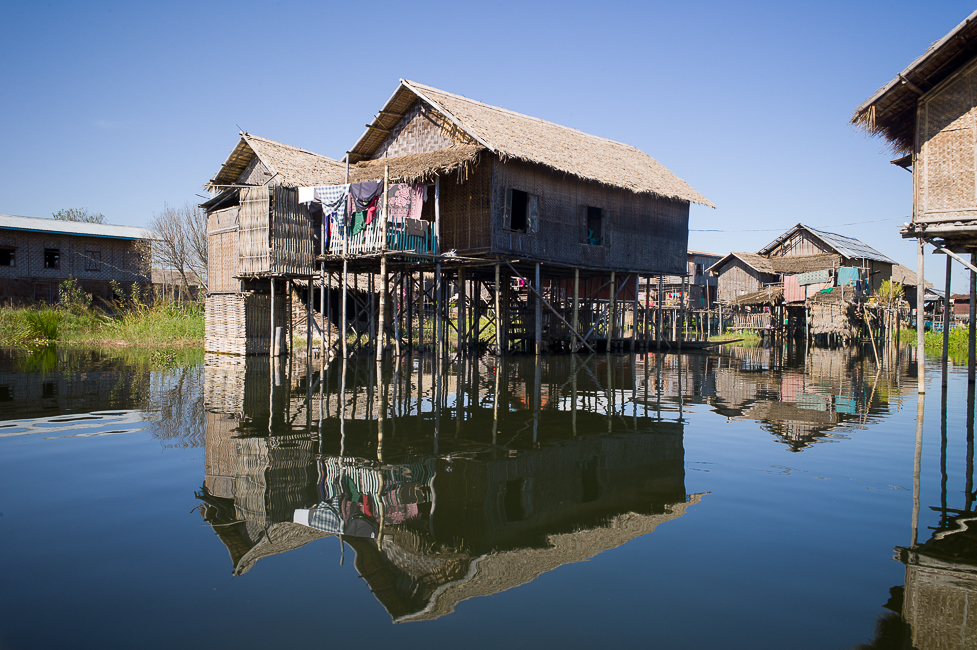
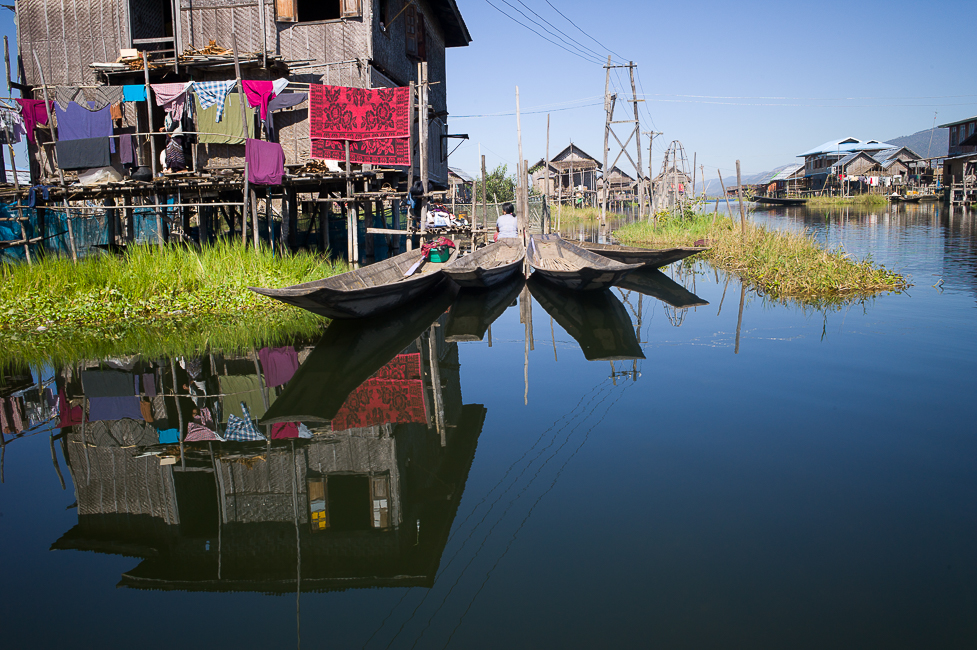


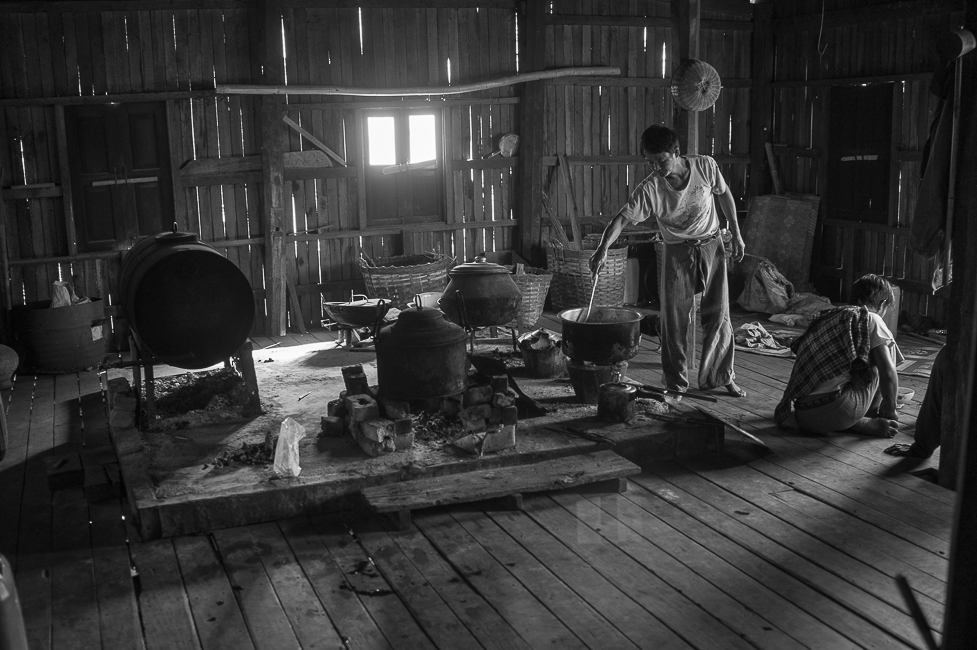
It was a factory for textiles, mainly cotton and silk. Natural dying was done by using tree bark from the area.
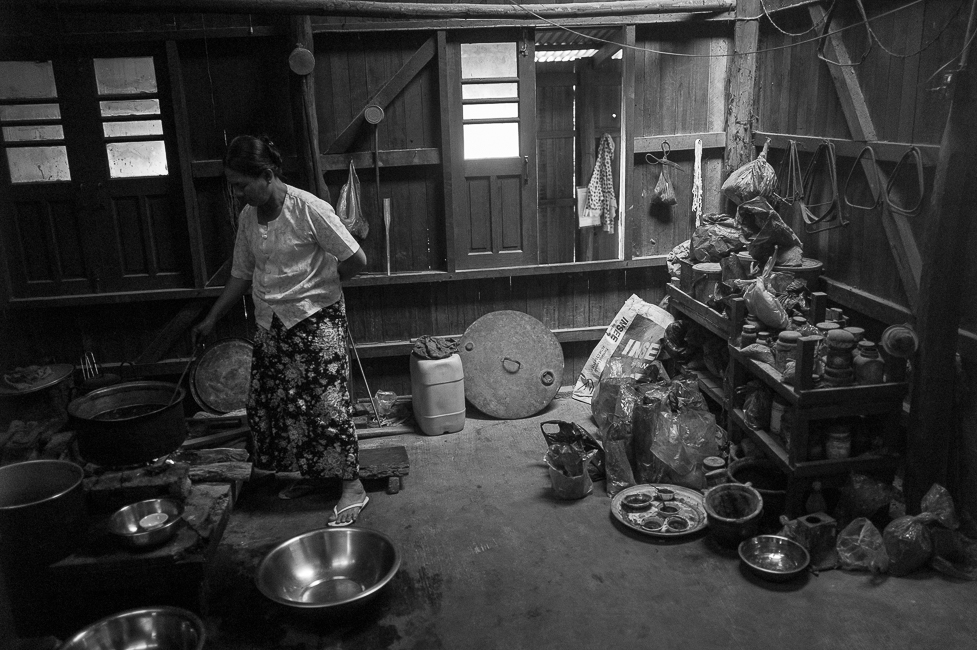
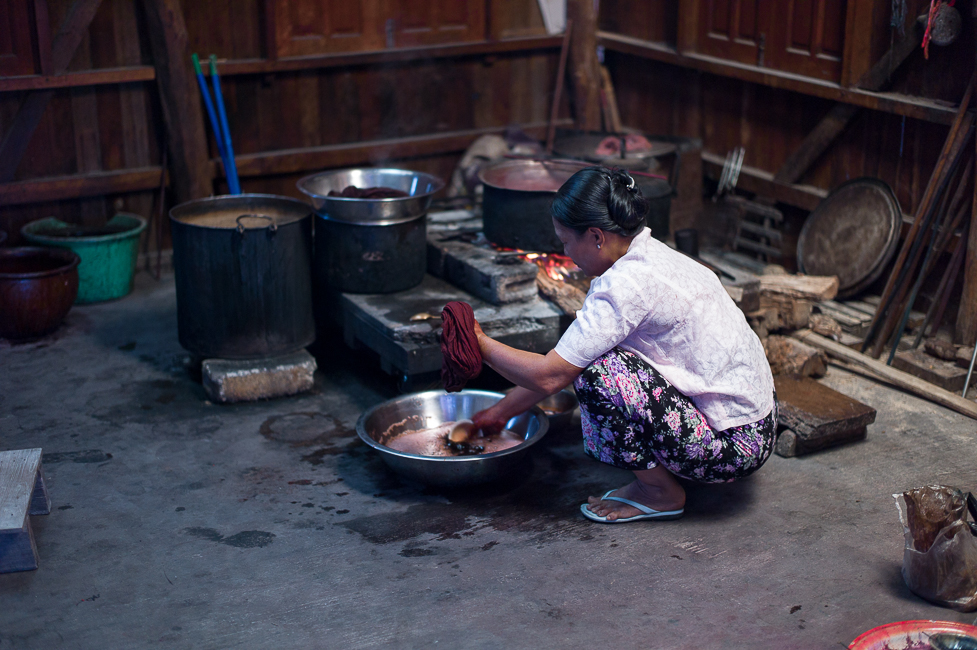

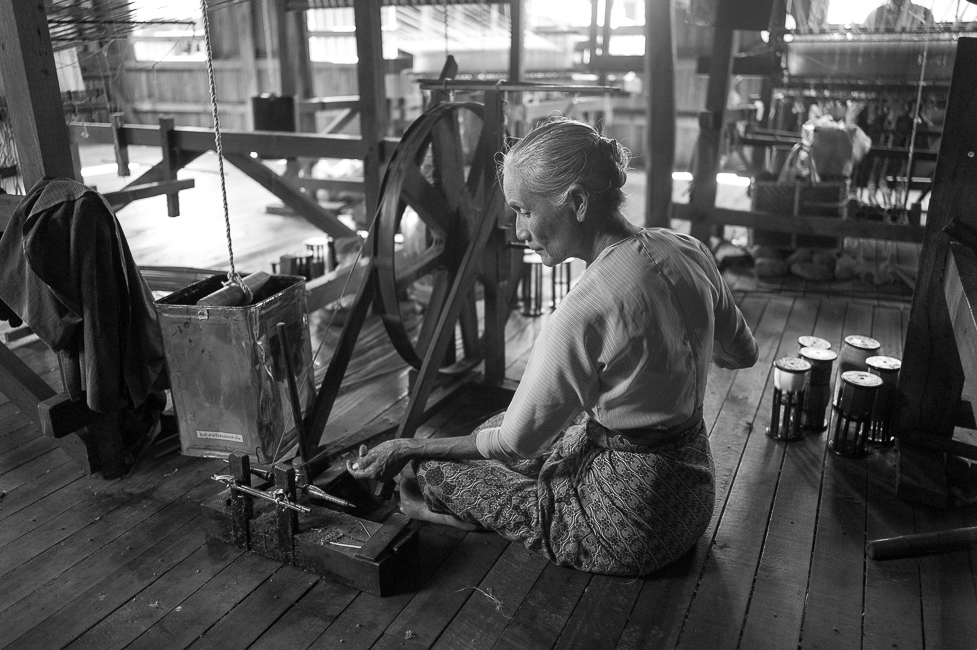
Unique to the Inle is the production of textiles made out of a specific type of the Lotus flower. They take out the fibre of the stems. About 7000 Lotus flowers are used to produce one scarf.
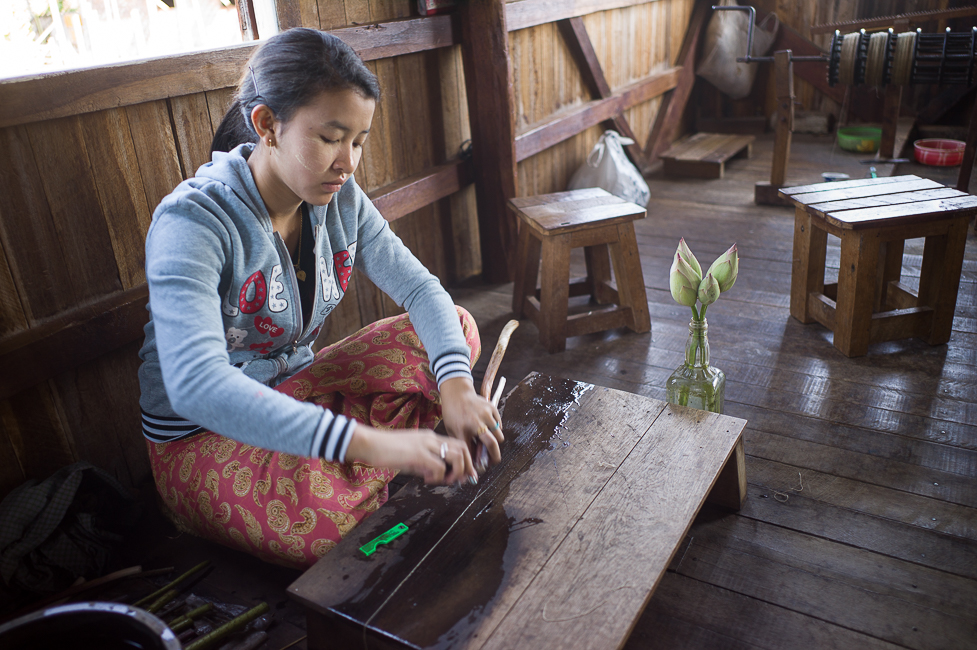
Next I visited to pagoda on the lake.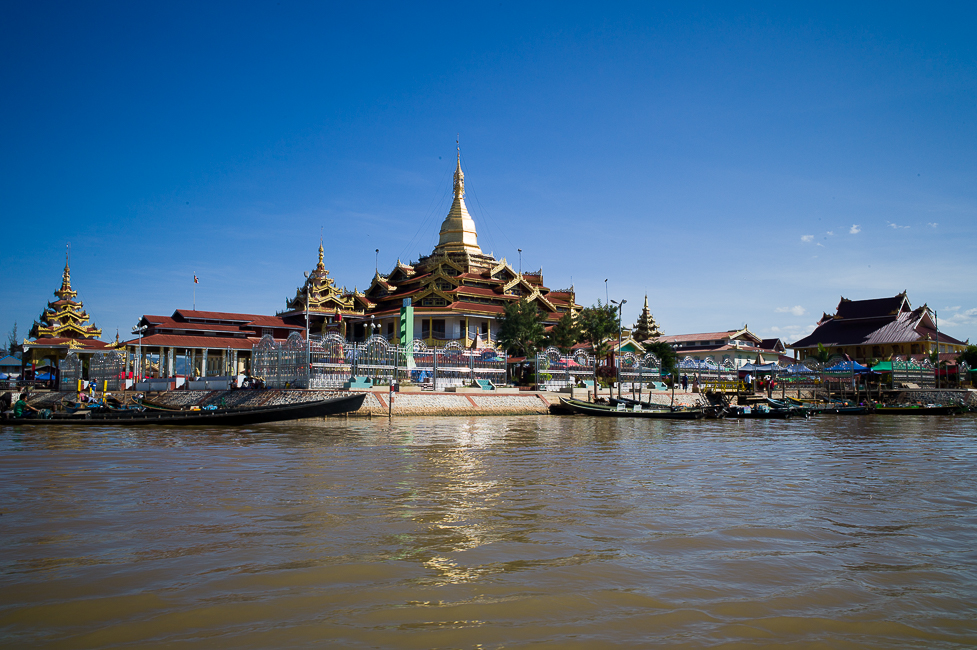
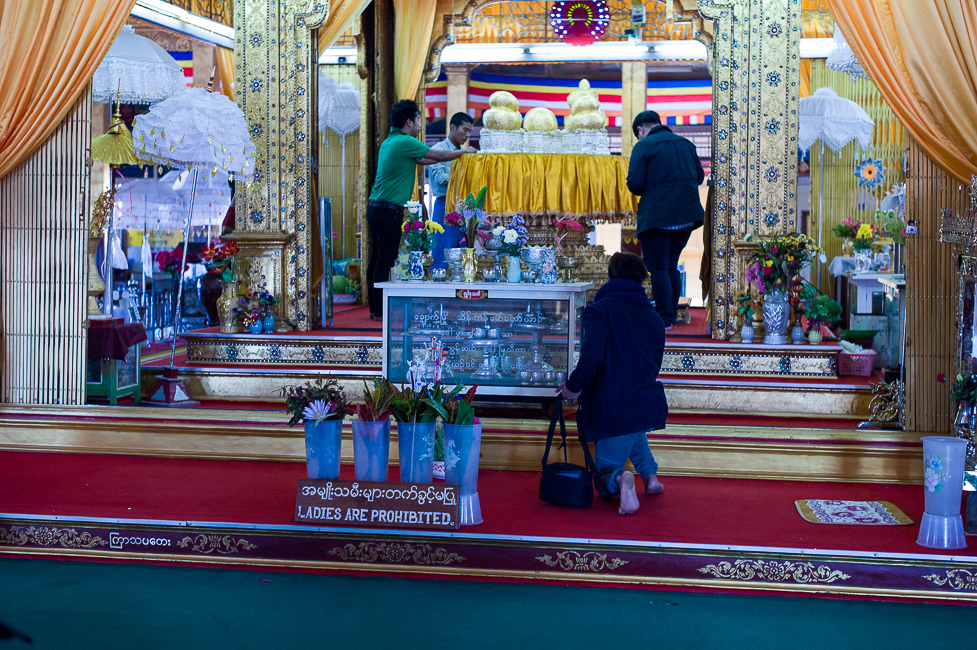
In the center, access only for men, they worship golden statues by putting tiny, thin golden leafs on them. Pictures on the sidewalls illustrate how these figures actually looked like in the 19th century. The pictures were taken in 1881 und 1934. Imagine how much has been added since then. 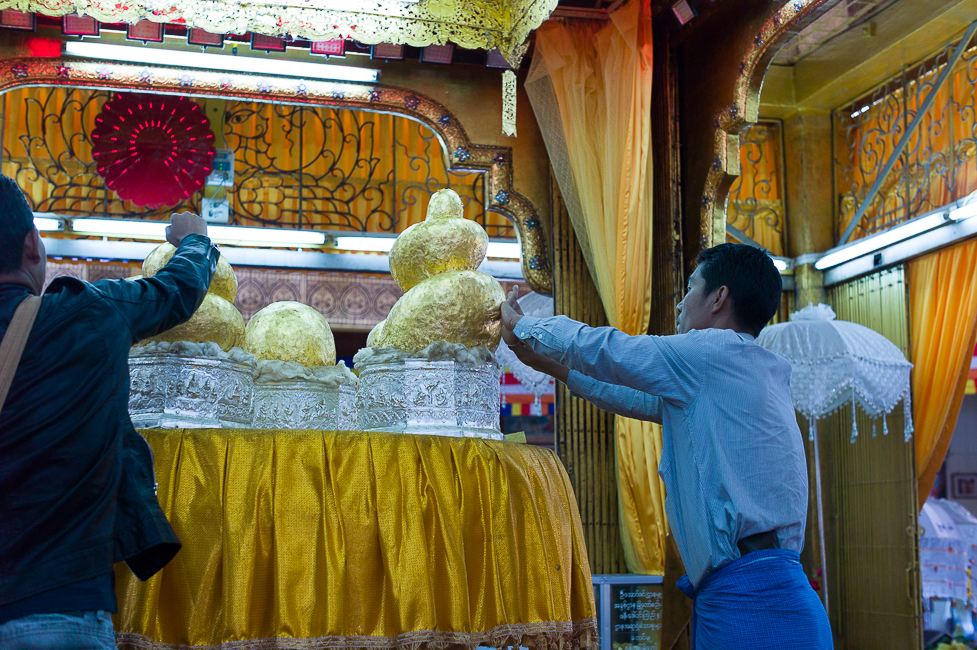
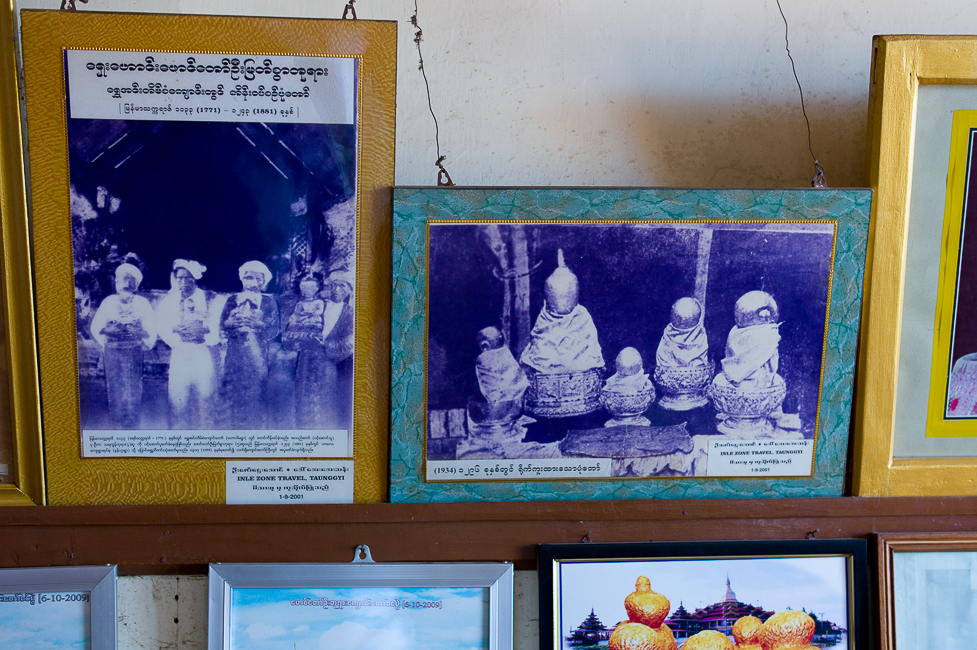
On the way back we passed the so called “floating gardens”. They are of course rooted in solid ground, but the plants are harvested from the water. Now, during dry season, I only saw tomatoes bushes.

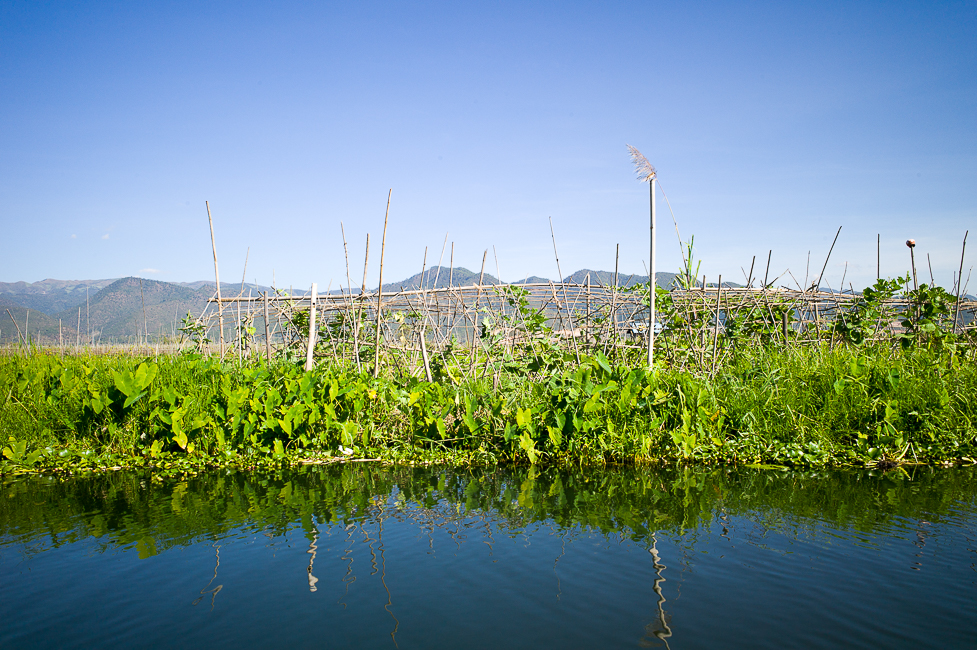
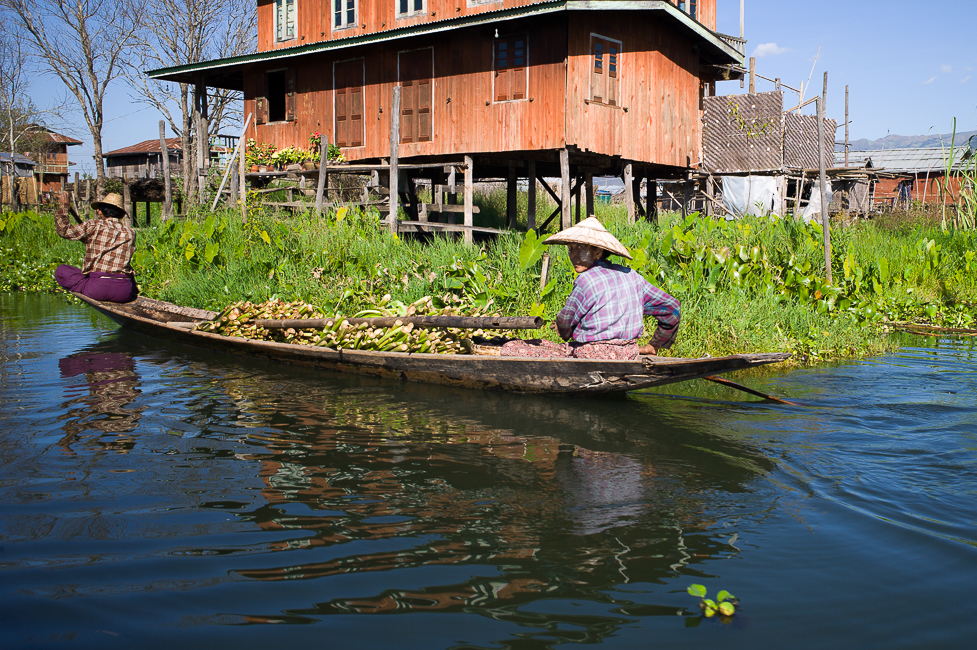

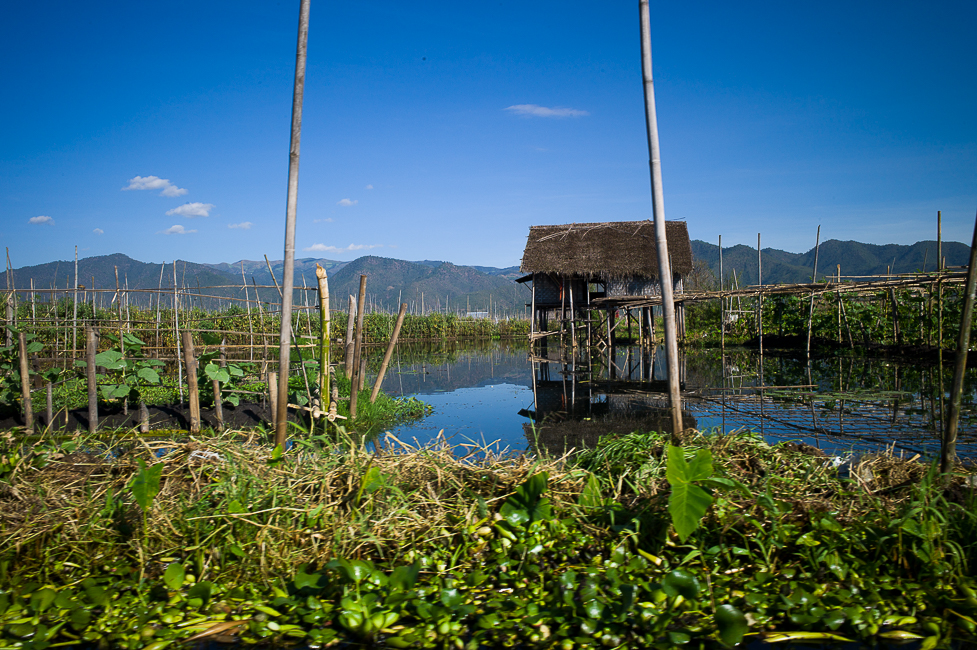
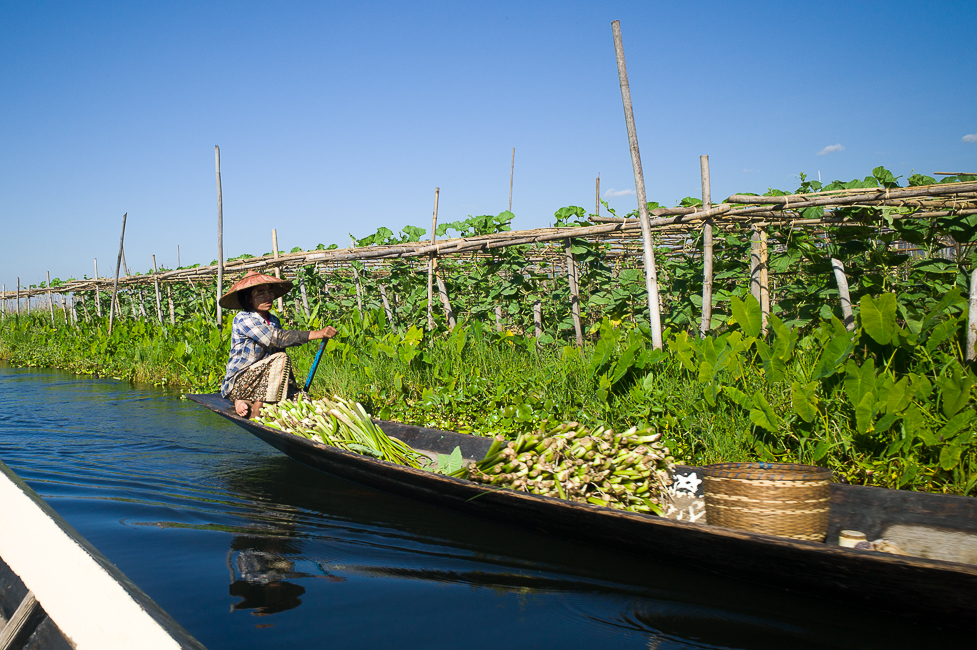
Heading back the north we passed by again fishermen and stopped for some more pictures. I had a look at the day´s catch. Well done 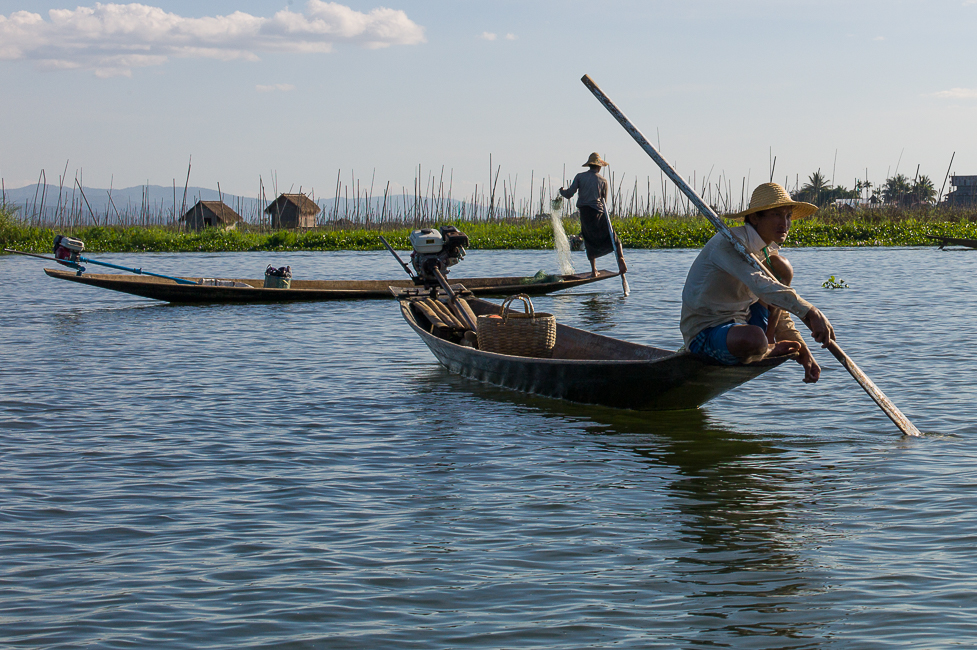
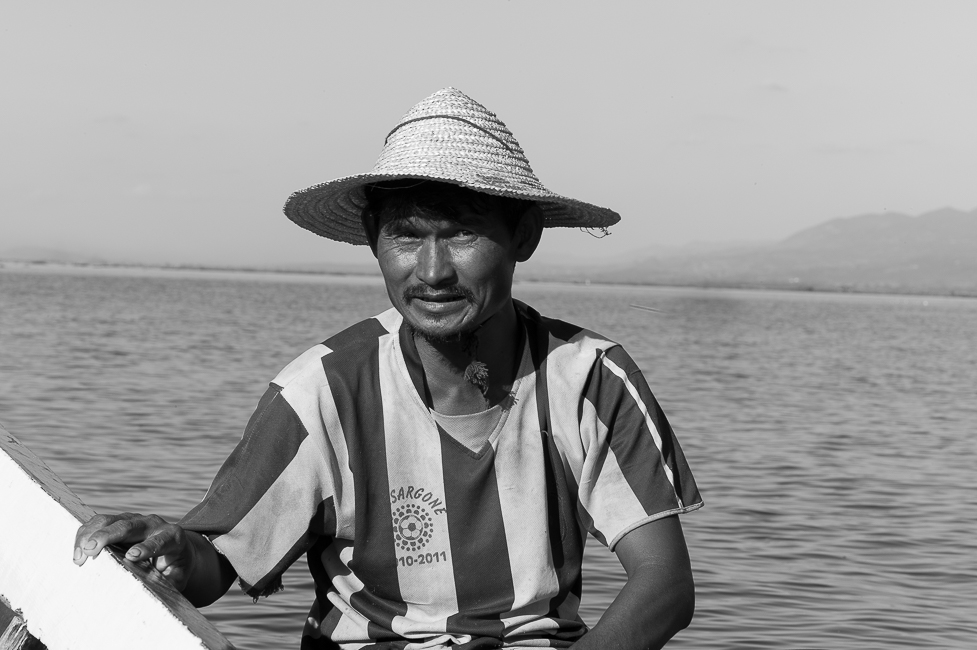
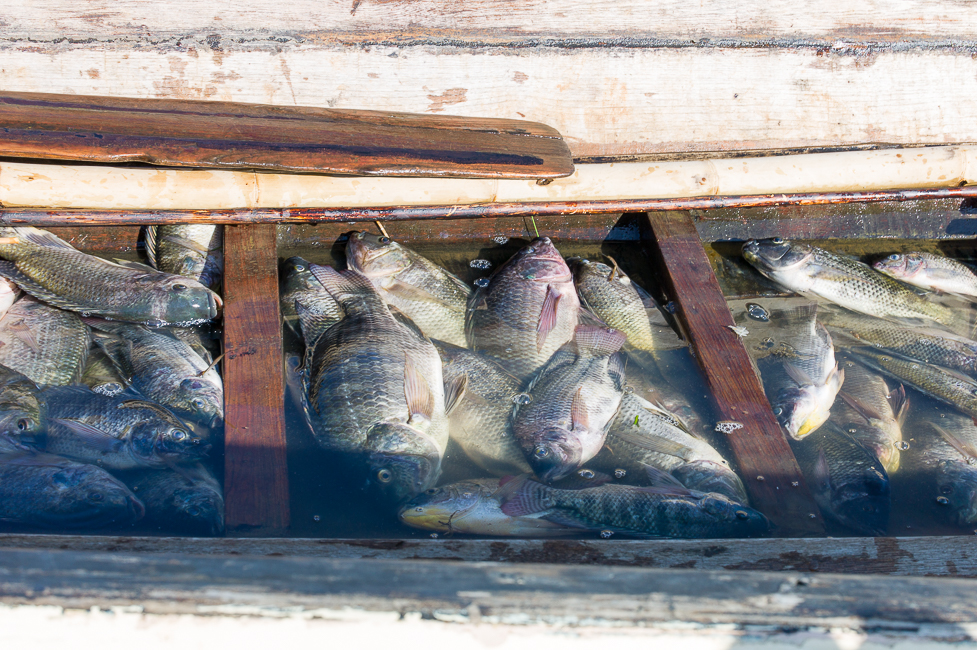
 …
…
Leave a Reply